5. After the war - the last great liners
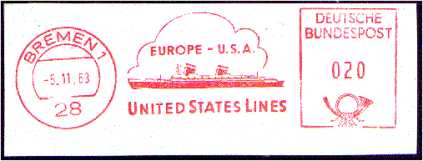
Fast troopships proved essential during the war. For this reason the US government gave permission to the United States Lines to build a superfast liner. This although it was already obvious that transatlantic passenger transport was coming to an end.
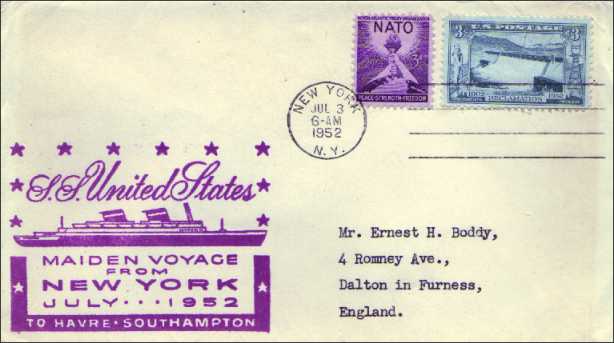
On her first trip, the UNITED STATES took the Blue Riband from the QUEEN MARY. She would carry the trophy until she was retired in 1969. At that moment passenger transport was completely taken over by airplanes and would it take several years before new record trials would be undertaken.
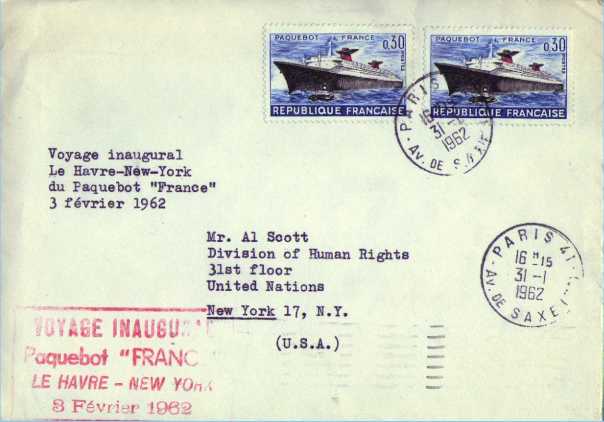
The FRANCE of the Compagnie Générale Transatlantique made her maiden voyage in February 1962. The wings on her funnels served to keep smoke and soot from the decks.
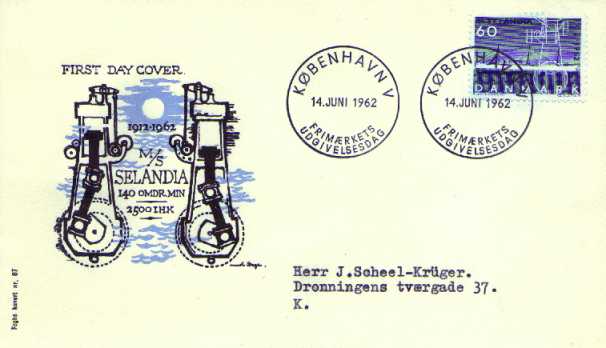
Ships with diesel engines never broke speed records, but its compactness and efficiency made it the most-used propulsion for ships. The first sea going ship with a diesel engine was the Selandia, built in 1912.
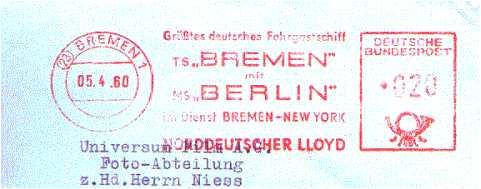
The first passenger ship with a diesel engine was the Swedish GRIPSHOLM (1925). In 1955 she was bought by the Norddeutscher Lloyd and renamed BERLIN. Together with the turbine ship BREMEN (ex-PASTEUR of 1939) to sailed to New York until 1966.
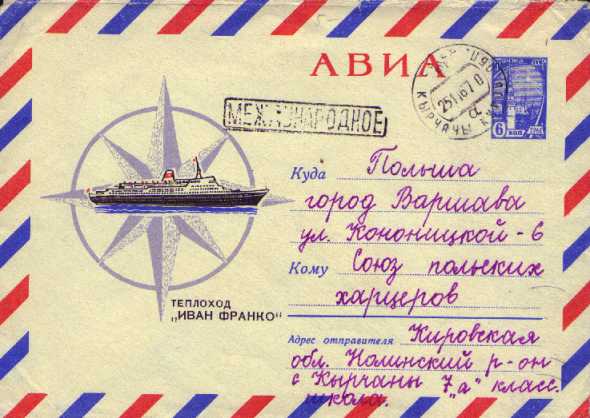
Together with three sister ships, IWAN FRANKO, built in 1966 sailed during the summer between Leningrad to Montreal for the Baltic Steamship Company.
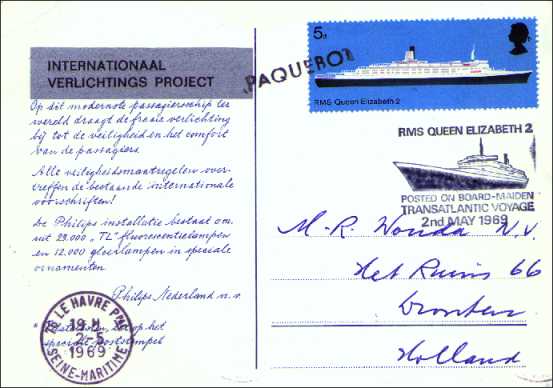
The QUEEN ELIZABETH 2 was designed to fit the locks of the Suez and Panama canal. She made her maiden voyage in May,1969. Next to het transatlantic voyages, she made cruises for more than 6 months per year, which was far more profitable.



|